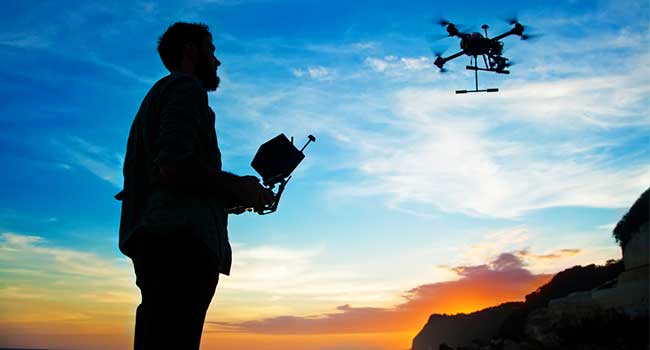
Drone Maker to Pay Hackers to Find Vulnerabilities
DJI is not happy with companies denying their products based on security fears.
Drone maker, DJI, is trying its best to thwart companies from believing their unmanned aircrafts are riddled with security vulnerabilities, so much so that they are willing to pay hackers to hack their products.
The move follows an announcement by the U.S. army banning the use of the drones due to cybersecurity concerns. Officials did not want members of the army using the aircrafts if they were able to be hacked mid-flight or tapped into to find current locations or flight paths.
DJI is launching a bug bounty program that will pay between $100 to $30,000 to anyone who finds flaws in its software, whether they showstopping security exploits, privacy threats, safety issues or simple app crashes.
Bug bounties certainly aren't a new invention, but it does show how important finding these vulnerabilities are to the company. DJI doesn't want to lose business or risk injury because it didn't catch a glitch in time.
The program isn't the only way DJI hopes to boost its security, but it is definitely the image the company want to put forward in order to keep their contracts with government entities.